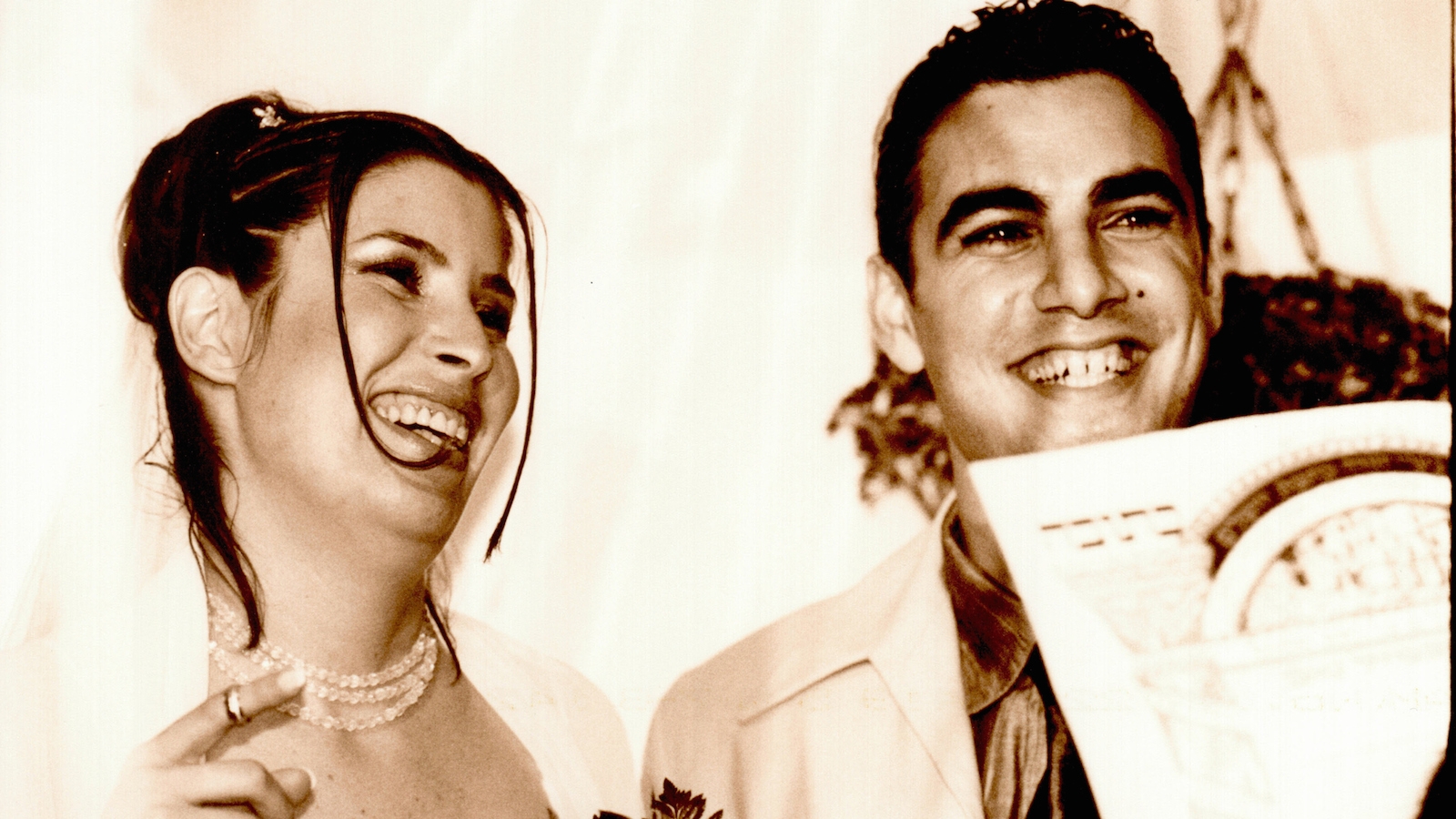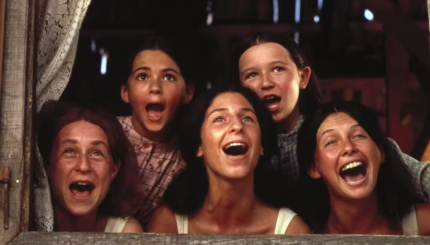The decision to marry is one of life’s momentous choices. Some couples have made it the occasion for a celebration based on the Ashkenazic custom of tenaim — literally, the “conditions” of the marriage.
Every engagement announces that two people are changing their status; the public declaration of their decision instantly designates them bride and groom. Tenaim kicks off the season of the wedding, officially and Jewishly.
An Old Ceremony
From the 12th to the early 19th century, tenaim announced that two families had come to terms on a match between their children. The document setting out their agreement, also called tenaim, would include the dowry and other financial arrangements, the date and time of the huppah [the actual wedding ceremony], and a knas, or penalty, if either party backed out of the deal.
After the document was signed and read aloud by an esteemed guest, a piece of crockery was smashed. The origins of this practice are not clear; the most common interpretation is that a shattered dish recalls the destruction of the Temple in Jerusalem, and it is taken to demonstrate that a broken engagement cannot be mended. The broken dish also anticipates the shattered glass that ends the wedding ceremony.
With your help, My Jewish Learning can provide endless opportunities for learning, connection and discovery.
In some communities it was customary for all the guests to bring some old piece of crockery to smash on the floor. There is also a tradition that the mothers-in-law-to-be break the plate–a symbolic rending of mother-child ties and an acknowledgment that soon their children will be feeding each other. After the plate breaking, the party began.
Possibilities for Celebration of Tenaim Today
Tenaim is not required by Jewish law, and as family-arranged weddings became a thing of the past, the ceremony lost much of its meaning and popularity. The signing of traditional tenaim remains a vestigial practice in some Jewish communities, where the agreement to marry is signed on the day of the wedding itself. Modern reinterpretations of the tenaim return the ceremony to its original, anticipatory celebration some months in advance.
The celebration of your decision to marry doesn’t “require” that anything be put on paper at all, but some couples have used this occasion to formalize decisions about their married life, including some regarding very specific subjects, such as money management, job decisions in a two-career household, moving to another part of the country or making aliyah (settling in Israel), raising children, and agreeing to counseling in case of difficulties. While this may sound very nontraditional, in fact, tenaim documents have historically included clauses and amendments that reflected current and personal concerns.
A modern document can be written in English or in Hebrew and English and can draw on the language and execution of traditional tenaim. It can be calligraphied, witnessed, and formalized by the act of kinyan, a symbolic exchange of some object that seals a contract and effects a change in personal status. Or tenaim can be handwritten or typed and entirely original. You can read your “contract” before a community of family and friends at a party or keep it private. Written tenaim might simply consist of letters the bride and groom write and perhaps exchange at their engagement celebration. These could be read the night before the wedding ceremony or on another occasion–a wedding anniversary, for example.
A party to announce the news of a Jewish wedding can be simple or elaborate, formal or casual.
Modem tenaim celebrations often involve improvisational rituals, sometimes structured around recognizable Jewish symbols, sometimes rooted in family traditions, and sometimes altogether original.
A Havdalah Tenaim
Barbara and Brian knew that circumstances would prevent them from being together for quite a while. They decided to make an agreement, in the presence of witnesses, that they would marry “in accordance with the law of Moses and Israel” within 12 months of their residing in the same household. They promised that until such time they would support and care for each other, visit and communicate as often as possible, and in case of a serious personal problem, they would attempt a reconciliation. They wrote this agreement in Hebrew and in English, with room for their signatures and the signatures of two witnesses.
They sent invitations to friends and family to come and celebrate their tenaim. The invitations included an explanation of the ceremony and a quote from Hosea 2:21: “I will betroth you forever. I will betroth you with righteousness and justice and with goodness and mercy.” Their tenaim was structured around havdalah, the ceremony on Saturday evening that separates Shabbat [Sabbath] from the rest of the week and that celebrates distinctions. After Barbara explained the history of tenaim, she lit two separate candles rather than the customary braided havdalah candle.
Brian talked about the contract they had drawn up, and then a friend told a midrash [interpretive story] about how Jacob and Rachel fell in love and made a pact that someday they would marry, no matter what happened to them. “And so the Bible says that Jacob served seven years for Rachel and they seemed to them but a few days because of their love for one another.”
Barbara explained that at this havdalah she and Brian were making a distinction between a time when they were separate and a time when they would be together. The blessing over wine was sung and translated, and the couple dipped their ring fingers in the wine and put them to each other’s lips. The wine was then passed to the people around them.
The witnesses read the tenaim document, and it was signed. The havdalah blessing traditionally recited over a spice box was pronounced over two fragrant blossoms Brian and Barbara gave to each other as tokens of kinyan [literally, acquisition], which were then passed around the room.
The guests were invited to add their thoughts and blessings, and then the couple took the two candles and together read, “As we bring together the two candles of our lives until this moment, we ask that our bond be as vibrant and as illuminating as this flame, that it continually be renewed by the strengths of our individual selves, and that like this powerful flame, our life together may bring light and warmth and service to our people.” They brought the light of their two candles together and recited the blessing over the flame and a final havdalah prayer:
Blessed be You, Life-Spirit of the universe,
Who makes a distinction between holy and not yet holy,
between light and darkness,
between Shabbat and the six days of the week,
between committed and uncommitted,
between common goals and personal goals,
between love and aloneness.
Blessed be you,
Who distinguishes between what is holy, and what is not yet holy.
Some wine was poured into a plate, and the candles were doused together in the wine. The plate was wrapped in a cloth and broken against a wall to shouts of “Mazel tov!” The Sheheheyanu, a prayer of thanksgiving, was sung. And the party went on into the night.
Barbara and Brian had the pieces of the broken plate mounted and framed. It hangs in their home, a conversation piece that is already an heirloom.
Excerpted with permission from The New Jewish Wedding (Simon & Schuster, Inc.).
Havdalah
Pronounced: hahv-DAHL-uh, Origin: Hebrew, From the root for "to separate," the ceremony marking the end of Shabbat and the beginning of the week.
Shabbat
Pronounced: shuh-BAHT or shah-BAHT, Origin: Hebrew, the Sabbath, from sundown Friday to sundown Saturday.


